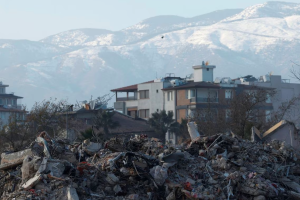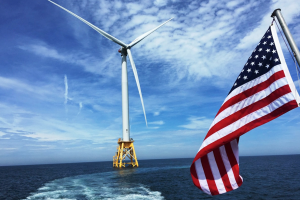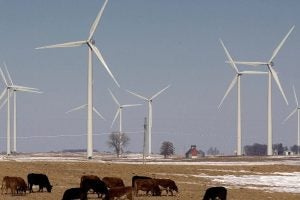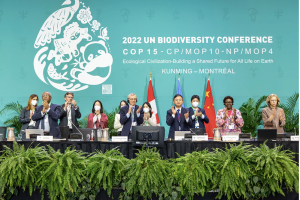 March 7, 2023
by Kimberly Wood
Energy
Fossil Fuels
March 7, 2023
by Kimberly Wood
Energy
Fossil Fuels
Long lines for gas and skyrocketing retail gas prices marked May 2021 as a memorable month for automobile owners. While gasoline shortages in the early 1970s were caused by an international oil embargo, this more recent supply shortfall resulted from…
 February 27, 2023
by Eli Rivas
International
February 27, 2023
by Eli Rivas
International
On February 6, 2023, a colossal 7.8 magnitude earthquake, followed shortly after by a 7.6 magnitude aftershock struck Turkey, its epicenter closest to the city of Kahramanmaras. Over 50,000 people have died in large part due to building collapses, with…
 February 26, 2023
by Doug Hicks
Regulations
Water
February 26, 2023
by Doug Hicks
Regulations
Water
The Environmental Protection Agency (“EPA”) is finalizing a rule that allows state criminal negligence enforcement programs approved under the Clean Water Act (“CWA”) to carry different mens rea requirements than those required for federal CWA…
 February 13, 2023
by Allie Williams
Climate change
State and Local
Water
February 13, 2023
by Allie Williams
Climate change
State and Local
Water
Unprecedented, warmer, wetter winter seasons have ski communities across the Alps fearful of how rising temperatures and the looming reality of climate change might impact the winter sports industry in the years to come.[1] By contrast, in the Western…
 February 6, 2023
by Paige Kendrick
Air
Energy
Fossil Fuels
February 6, 2023
by Paige Kendrick
Air
Energy
Fossil Fuels
The last few years, especially these last few months, have seen aviation emission regulation like never before. At home and abroad, the aviation industry appears to be making significant inroads relating to emissions from engines “typically used in…
 February 1, 2023
by Alyssa Greenstein
Oceans
Regulations
Sustainability
Wildlife
February 1, 2023
by Alyssa Greenstein
Oceans
Regulations
Sustainability
Wildlife
U.S. Senators Jack Reed (D-RI) and Jim Inhofe (R-OK), respectively the Chairman and Ranking Members of the Senate Armed Service Committee, and U.S. Representatives Adam Smith (D-WA) and Mike Rogers (R-AL), their counterparts on the House Armed Services…
 January 31, 2023
by Reilly Wright
Energy
Oceans
Renewable Energy
January 31, 2023
by Reilly Wright
Energy
Oceans
Renewable Energy
Offshore wind has been a viable energy source internationally for many years. Historically, the United Kingdom, Germany, and Denmark lead the industry’s technological development, but China is expected to have the largest cumulative installed offshore…
 January 29, 2023
by Sy Baker
Sustainability
January 29, 2023
by Sy Baker
Sustainability
Community-based decision making in environmental management is making headway in the United States and abroad, presenting a powerful opportunity to increase meaningful public input in environmental management. Yet, to be effective, practitioners seeking…
 January 24, 2023
by Taylor Fisher
Renewable Energy
State and Local
January 24, 2023
by Taylor Fisher
Renewable Energy
State and Local
Iowa is often seen as a drive-through state, known for its flat interstates, tall cornfields in the summer, and more recently, the seemingly never-ending array of windmills seen through car windows.
At first glance, wind energy seems the perfect renewable…
 January 23, 2023
by Amandine Fromont
Endangered Species
International
Oceans
Sustainability
Wildlife
January 23, 2023
by Amandine Fromont
Endangered Species
International
Oceans
Sustainability
Wildlife
From December 7 to 19, 2022, the Convention on Biological Diversity (CBD) held its fifteenth Conference of the Parties (COP15), culminating in the Kunming-Montréal Global Biodiversity Framework.[1] The Convention on Biological Diversity is an international…











